Anise: [Cultivation, Irrigation, Care, Pests and Diseases]
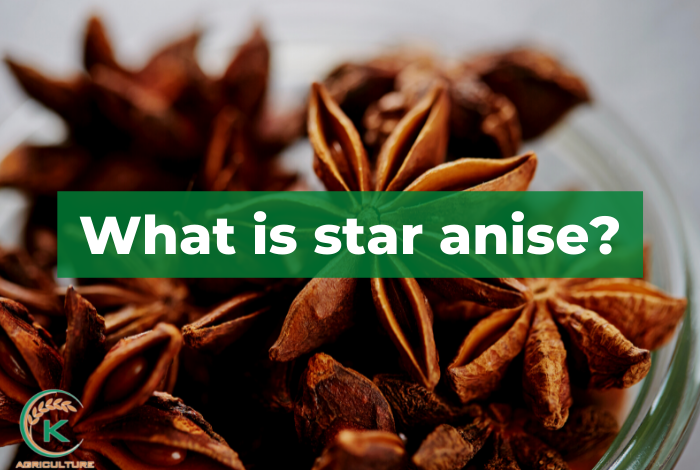
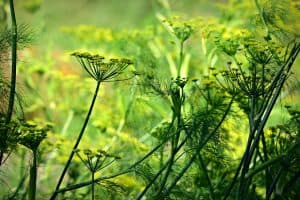 Pimpinella anisum is a medicinal plant belonging to the Apiaceae family. It is native to the Middle East and has been cultivated since ancient times by the Egyptians, Greeks and Romans.
Pimpinella anisum is a medicinal plant belonging to the Apiaceae family. It is native to the Middle East and has been cultivated since ancient times by the Egyptians, Greeks and Romans.
It was so precious that it was called «aniketon», «the invincible». Anise is cultivated in the countries of the Mediterranean region and has spread to other countries such as Argentina, India, Mexico and other regions of America.
It is usually used as an infusion, as well as to enhance the flavor of some desserts. Anise also has medicinal uses. It can be used as a diuretic, antiviral, analgesic, antispasmodic, muscle relaxant, aphrodisiac, digestive, among many other applications.
Important points when sowing anise
- Scientific name: Pimpinella anisum.
- Common name: Anise, green anise, matalahúva, matalahúga, sweet grass.
- Height: 60 centimeters.
- Light requirement: High.
- Temperature: temperate and dry climates (15ºC-22ºC).
- Irrigation: Low.
- Fertilizer: Fertilizers rich in sulfur.
What characteristics does anise have?
Anise is a herbaceous, annual and aromatic plant that can measure between 10 and 60 centimeters in height. It has a long and narrow root from which an upright stem sprouts, rounded and branched at its ends.
The anise leaves, which sprout from the stems, present foliar polymorphism, that is, leaves with different shapes at different levels of the same plant. In the lower part they are wide and in the upper part they are smaller and segmented.

The flowers are small, less than 5 millimeters wide, white. These flowers are grouped in umbels, one primary and 7 to 15 secondary, which bloom during the months of July and August.
The fruit is a small, ovoid, brown or greenish-gray grain, which does not open when ripe. It has a sweet taste and a very pleasant smell.
When to sow anise?
The anise plant is sown during the spring, in April and mid-May, to be harvested at the end of October. It is important to stick to this season because delaying it would cause a decrease in crop yields.
Where to plant anise?
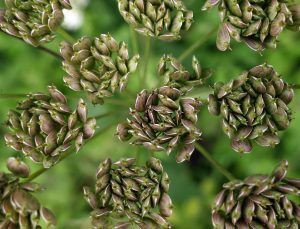 The areas suitable for growing anise are located within the warm to dry temperate climate, without excessive cold. It needs high luminosity, protection against strong gusts of wind, as well as little precipitation.
The areas suitable for growing anise are located within the warm to dry temperate climate, without excessive cold. It needs high luminosity, protection against strong gusts of wind, as well as little precipitation.
The optimal average daily temperature for development should be uniformly between 15ºC and 18ºC. Anise adapts to different types of soils.
However, it grows best in deep, sandy loam-textured, permeable soils. It is not recommended to cultivate it in clayey, humid, shady and cold soils, or with a large amount of organic matter in its composition.
How to prepare the land?
The sowing of anise can be done in various ways. It is generally planted in lines, mechanically or manually, in lines on moist soil. The soil must be worked from the first days of March to the beginning of April.
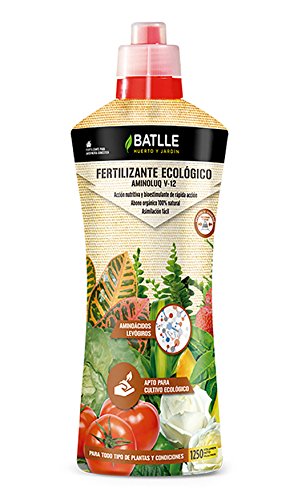
It is suggested to leave a spacing of 50 to 70 centimeters, with minimal movement on the ground, respecting the contour lines and with quality seeds. On the other hand, anise is a crop that sometimes needs to be fertilized, especially when it comes to poor soils.
If this happens, the land must be fertilized organically with phosphorus and nitrogen. Diammonium phosphate and ammonium sulfate can also be applied.

How do we water the anise?
Normally it is irrigated by surface, furrows or melgas. Watering must be regular and constant, especially after cultivation. Drip irrigation is recommended, because in this way the substrate is moistened without wetting the plants.
In smaller areas, it should be watered 2 or 3 times a week when it is still small, but the frequency should be reduced as the crop grows to take advantage of the rainy season water.
As in many other crops, it is important not to exceed or saturate the soil so as not to favor diseases in the roots of the plants.
How often do we water the anise?
2 irrigations or more can be carried out before sowing. The first will be seat, a month before sowing. The second will be pre-sowing, a week before sowing begins.

Watering during the planting cycle should be done fortnightly during the summer, when temperatures rise. On the other hand, they must be reduced during the winter, a monthly watering.
How to plant an anise step by step?
The anise plant is propagated by seeds. The steps to plant it at ground level and in pots are shared below.
On the floor
- Place the anise seeds 2 or 4 centimeters deep in a sunny place without drafts, at a temperature of 15ºC to 22ºC. In smaller farms it can be broadcast.
- Cover the seeds with a light layer of substrate.
- Water abundantly and wait for them to germinate for 12 to 15 days.
- When the seedlings reach 10 centimeters in height, a reduction in density (rareening) should be applied, in order to preserve only the best specimens.
in pots
- Choose a pot 50 centimeters deep, with drainage holes.
- Fill with sterile potting soil leaving a centimeter at the top.
- Place the anise seeds 2 centimeters deep in a sunny spot and cover them with a thin layer of substrate.
- Moisten the area with a spray bottle and wait for the seed to germinate.
What care does anise need?
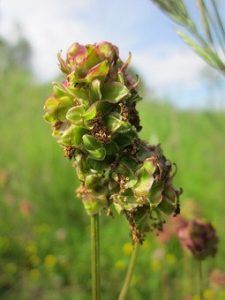 Anise is a plant that can be harmed by nutrient competition from other species. For that reason, weed or weed control is essential.
Anise is a plant that can be harmed by nutrient competition from other species. For that reason, weed or weed control is essential.
To control weed growth, mulch can be applied around the base of the plant. This measure will also serve to protect the soil and the plant itself.
On the other hand, it is recommended to avoid the application of fertilizer or manure during the flowering period.
What pests and diseases affect anise?
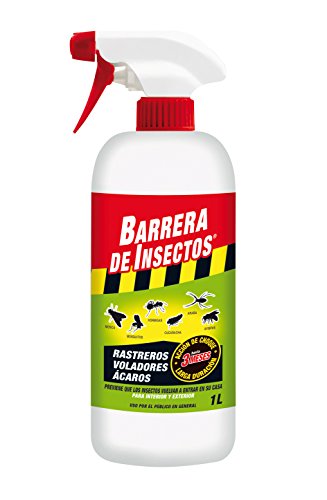
The pests that affect anise are generally soil worms, aphids, ants, thrips, mites, among other insects. With regard to diseases, fungal wilt, alternaria, downy mildew and powdery mildew, and those caused by soil fungi (Fusarium and Rhizoctonia) have been reported.
References
- https://www.tuasaude.com/es/anis/
- https://www.luontoportti.com/suomi/en/kukkakasvit/anis-verde
- https://www.sinavimo.gob.ar/cultivo/pimpinella-anisum
- https://inta.gob.ar/sites/default/files/script-tmp-inta-_sanchez_cultivo_de_anis.pdf
- https://www.minsal.cl/portal/url/item/7d989fe7675e6fd2e04001011e011e12.pdf
- http://www.herbotecnia.com.ar/exo-anis.html
- http://www.agrobit.com/Documentos/I_1_4_Cultivos/308_mi000002ar[1].htm
- https://www.consejosparamihuerto.com/consejos/cultivo-de-anis-guia-para-beginners-para-plantar-y-cuidar-el-anis/
- http://repositorio.undac.edu.pe/bitstream/undac/854/1/D026_70806714_T.pdf
- https://www.botanical-online.com/cultivo/anis-como-plantar-care
- https://www.dival.es/sites/default/files/medio-ambiente/Estudio3.pdf
- https://www.planetahuerto.es/revista/que-es-un-acolchado_00152
- https://www.google.com/url?sa=t&rct=j&q=&esrc=s&source=web&cd=&cad=rja&uact=8&ved=2ahUKEwju5cG0nsXvAhULLKwKHZ5kBqYQFjAIegQICRAD&url=https%3A%2F%2Fwww.centrotianfu.com%2Fapp%2Fdownload%2F26366693% 2FAn%25C3%25ADs%2Bverde%2B-Ficha.pdf&usg=AOvVaw307PoJLl4GUnrfGq04kpNz

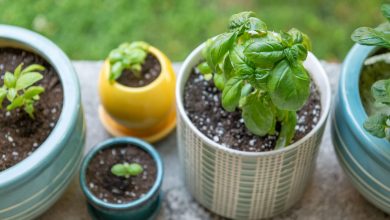
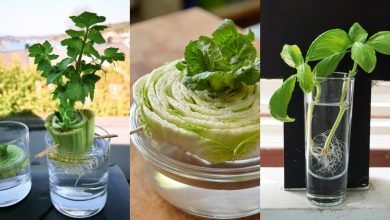
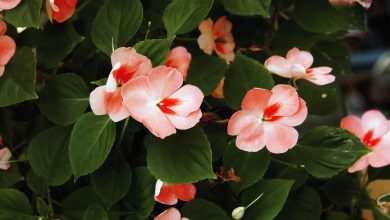
![Photo of Phosphorus in Plants: [Use, Lack, Excess, Advantages and Disadvantages]](https://www.complete-gardening.com/wp-content/uploads/2022/08/phosphorus-in-plants-use-lack-excess-advantages-and-disadvantages-390x220.png)